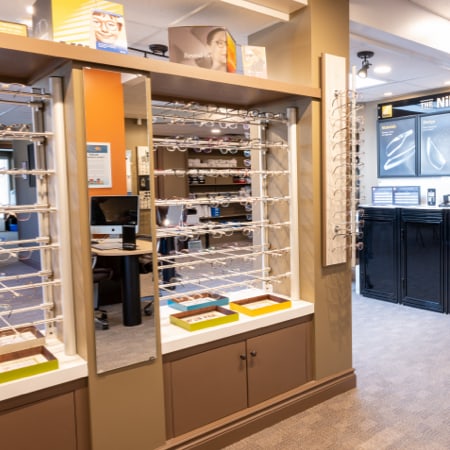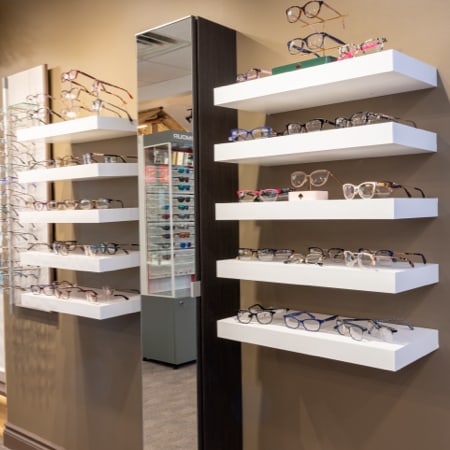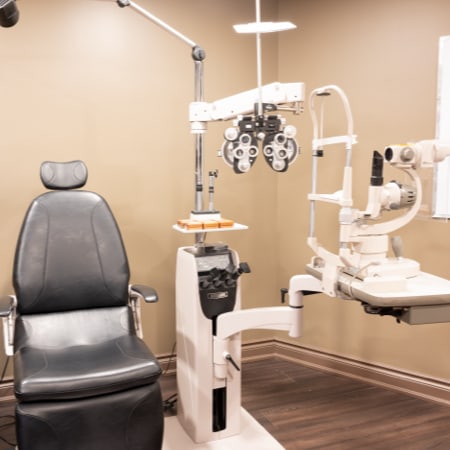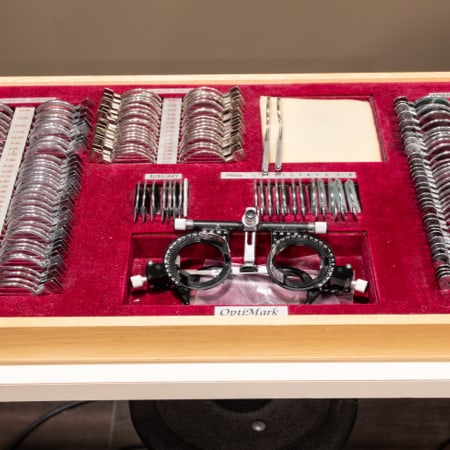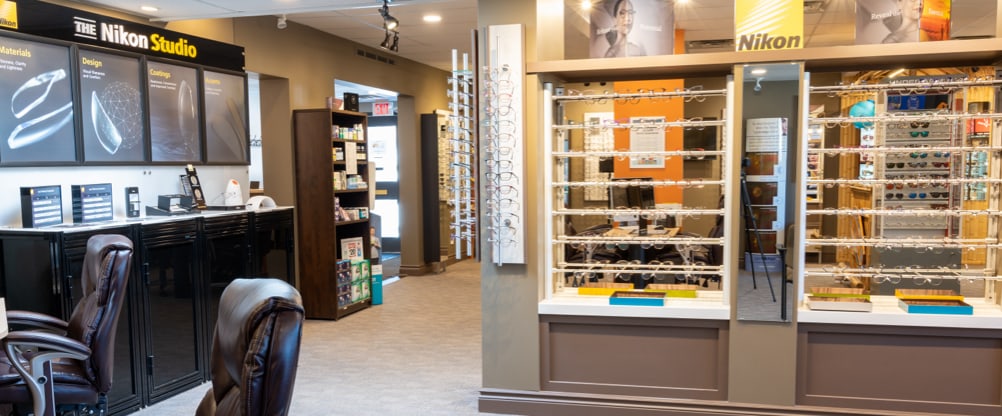Dry eyes can interfere with daily life, making activities like reading, working, or spending time outdoors uncomfortable. One common cause of dry eye symptoms is clogged meibomian glands, which play a crucial role in keeping your eyes hydrated and comfortable.
Treatment options such as intense pulsed light therapy and iLux are designed to target blockages in the glands and improve gland function, helping produce the essential oil needed to keep your tear film stable. With a personalized plan tailored to your needs, your optometrist can help you find relief and restore comfort to your eyes.
What Causes Clogged Meibomian Glands?
Your tear film consists of three layers—the inner mucus layer, the middle watery layer, and the outer oily layer. These three layers work together to hydrate and protect your eyes.
Meibomian gland dysfunction (MGD) is a common condition affecting the oil-producing glands in your eyelids. Your meibomian glands are located along the edges of your eyelids near the base of your eyelashes. These glands are essential for maintaining the oil layer in your tear film, which helps prevent tears from evaporating too quickly and keeps your eyes moisturized.
What Happens When Your Meibomian Glands Are Clogged?
When the meibomian glands are blocked, the oil layer is disrupted, and your tears may evaporate too quickly. This can cause symptoms of dry eyes, such as:
- Stinging, burning sensation
- Redness
- Sensitivity to light
- Watery eyes
- Blurred vision
Left untreated, clogged glands can worsen over time, causing increased irritation, discomfort, and damage to your tear film and eye health.
Causes of Dry Eye Disease
Dry eye disease can develop when the balance of your tear film is disrupted. This imbalance may result from insufficient tear production, poor tear quality, or external factors.
Insufficient Tear Production
When your eyes don’t produce enough tears, they can’t stay properly lubricated.
Also known as aqueous tear-deficient dry eye, this condition is often linked to aging but can also result from medical conditions like Sjögren’s syndrome, lupus, or scleroderma.
Certain medications, such as antihistamines or antidepressants, can also reduce tear production.
A proper assessment by your optometrist can help identify the root cause of insufficient tear production and determine proper treatment.
Poor Tear Quality
Evaporative dry eye disease, caused by poor tear quality, is the most common form of dry eye. It occurs when the meibomian glands are clogged or fail to produce enough oil, causing tears to evaporate too quickly.
Several factors can contribute to evaporative dry eye, such as:
- Infrequent blinking
- Prolonged screen use
- Eyelid conditions
- Environmental irritants, such as wind or dry air
- Vitamin A deficiencies
Environmental & External Factors
Dry eye symptoms can also result from external factors, including medications, specific medical conditions, or environmental irritants like smoke or air conditioning. Hormonal changes and skin or eyelid disorders may also increase the likelihood of developing dry eyes.
How Can You Treat Clogged Meibomian Glands?
There are effective options for managing clogged meibomian glands. Your optometrist will start with a comprehensive eye exam to evaluate your condition and recommend the most suitable treatment, tailored to your needs.
For mild dry eye symptoms, over-the-counter artificial tears can help keep your eyes hydrated, especially when symptoms are caused by temporary factors like dry environments or new medications.
If your symptoms persist and interfere with your daily life, a more comprehensive treatment plan may be necessary. Here are a couple of options to discuss with your optometrist:
iLux Treatment
iLux is an in-office treatment that uses heat and gentle pressure to unclog meibomian glands. This process stimulates the release of oil into the tear film, alleviating dry eye symptoms. The procedure typically lasts 8–12 minutes, and many patients report noticeable improvements within a few weeks.
Intense Pulsed Light (IPL) Therapy
Intense pulsed light therapy uses pulses of light directed at the eye area to reduce inflammation and unblock the meibomian glands. This treatment is quick and comfortable, typically taking about 15 minutes per session. Multiple sessions are often recommended to achieve and maintain long-lasting relief.
Don’t Let Dry Eyes Affect Your Daily Life
Living with dry eyes can be frustrating, but relief is within reach. By addressing clogged meibomian glands and other underlying causes of dry eye disease, you can protect your eye health and enjoy greater comfort.
If you’re experiencing symptoms like redness, burning sensations, or blurred vision, contact our team at Orillia Optometry. We’re here to help you find personalized solutions for your eye care needs. Book your appointment today and take the first step toward healthier, more comfortable eyes.









